Remnants around us can be used as organic fertilizer
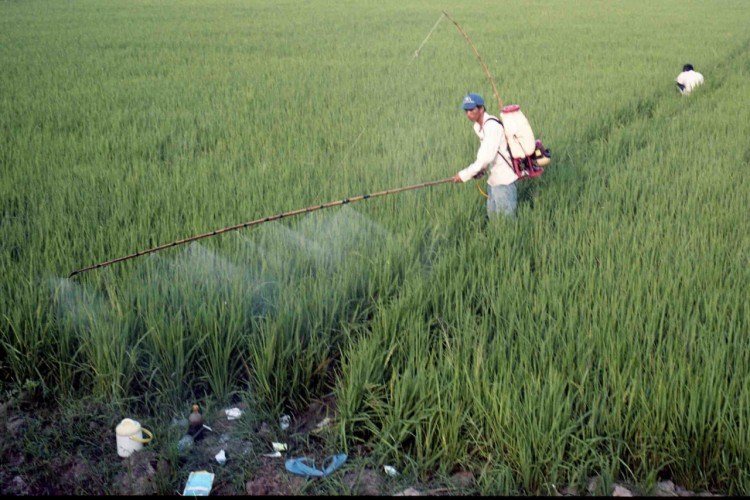
Liquid organic fertilizers in addition to improving the physical, chemical, and biological properties of the soil, also help increase crop production, reduce the use of inorganic fertilizers and as an alternative to manure replacement. Liquid organic fertilizer is also a complement if you use solid organic fertilizer. Because liquid organic fertilizer is what will complement the micro elements for plant growth, especially before the crop / fruit crop. And as a record of this liquid organic fertilizer as a complement only, in order to optimize the results when combined with solid organic fertilizer.
Benefits of liquid organic fertilizer.
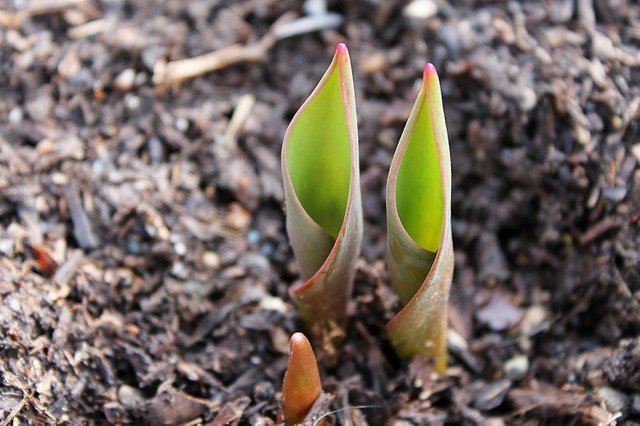
Before discussing further, the following uses and benefits of liquid organic fertilizers;
Can encourage and increase the formation of leaf chlorophyll and the formation of root nodule on leguminosae crops thus increasing the ability of plant photosynthesis and the absorption of nitrogen from the air.
Can increase the vigor of the plant so the plants become strong and strong.
Improve plant resistance to drought, weather threats and disease-causing pathogens.
Stimulate the growth of production branches.
Increase the formation of flowers and fruit will.
Reduce the fall leaves, flowers and fruit will.
Liquid organic fertilizer is very good if directly sprayed on stems, leaves, flowers and fruit. This is different from the solid organic fertilizer put in the soil directly. Liquid organic fertilizer is also an alternative to the high cost of various chemical fertilizers. Vegetable plants that use liquid organic fertilizers are very healthy for consumption, in contrast to the use of chemical fertilizers.
Materials and tools needed.
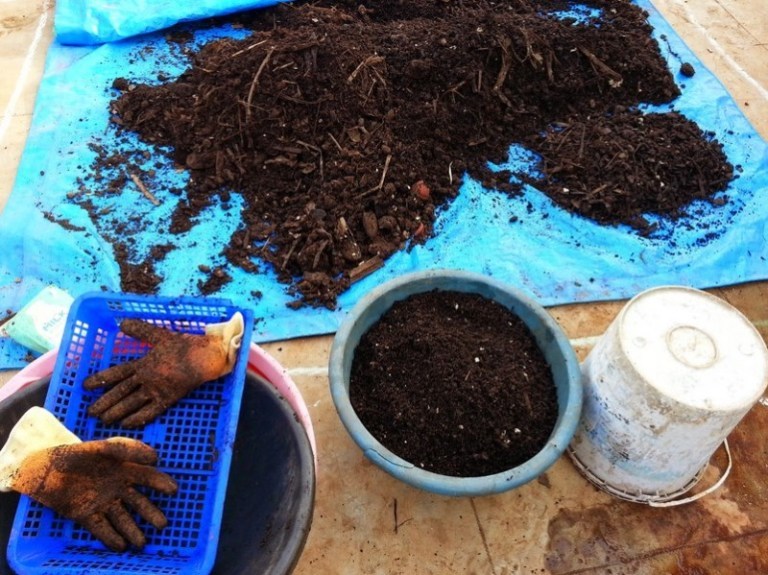
Household waste as nitrogen such as stale vegetables, rice leftover, grated coconut, rotten fruit and all kinds of other organic household waste.
Banana stems that have been fruitful rather than piled into garbage, better used for materials making liquid organic fertilizer.
livestock manure (goats, cows, chickens etc).
Animal urine, rice wash water, fish wash water, sugar / brown sugar, sugar cane droplets, and add enough water later.
Coconut husk without skin, sawn powder.
Decomposer (microbial decomposer) or starter SOT, EM4 etc.
As for the tools needed are only bucket, cutting knife, plastic barrel and wood for stirring. Containers in the form of buckets or plastic casks are required to have a strong cap. In the manufacture of liquid organic fertilizer the tools used try to be made of plastic because the plastic does not change and reduce the quality of materials already fermented therein. And keep in mind do not use materials from iron that easily rust, this will reduce the quality of liquid organic fertilizer that we make later.
Washing material.

Before starting the next step is to wash the materials we have collected. Need to be washed to avoid the mixing of the main ingredients with harmful substances that exist in the household waste because it can inhibit the fermentation process. Use clean water to clean it. Clean from rusted iron and the like.
Talking and mixing of ingredients.
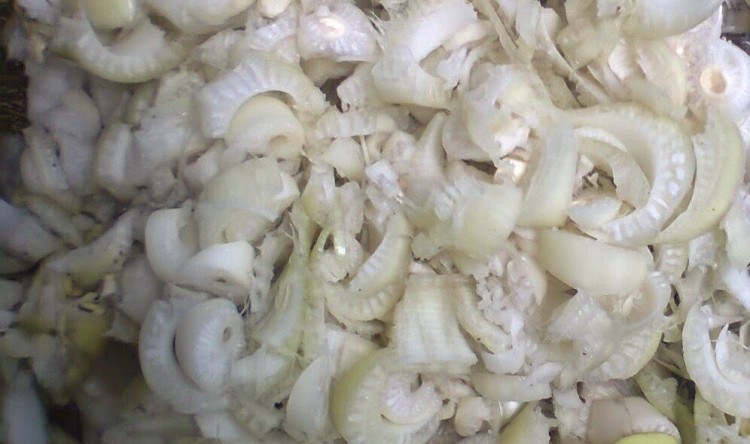
After all the finished material is cleaned. The next step is we chop the ingredients we have washed. The purpose of the fermentation process is perfect. In chopping the ingredients try not too big, the less chopped the fermentation process will run more perfect.
The process of making organic liquid fertilizer.
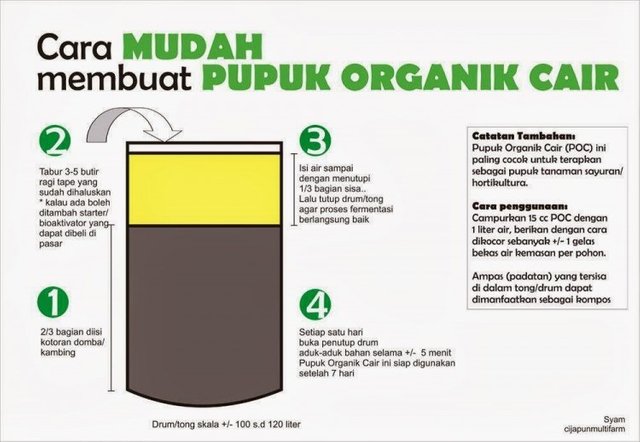
The next step is the core of everything, the process of making liquid organic fertilizer is quite simple. No need to bother.
Here's how to make liquid organic fertilizer.
Dissolve bioactivators such as EM4 as microbes into water sufficiently.
Add a natural sweetener of brown sugar, sugar, or sugarcane juice.
Let stand at least 20 minutes to evoke microbes.
Put fresh livestock manure into the barrel / plastic bucket.
Enter the ingredients that we have chopped earlier and mix the smoothness into the keg / bucket.
Enter all other solid materials and mix well. - Pour the prepared bioactivator solution.
If necessary add shrimp to further accelerate the process of decomposition of liquid organic fertilizer.
Enter the urine, rice wash water, soaking water fish and other liquid into the bucket traces, stirring until evenly distributed.
Add enough water, the water ratio is 35 percent liquid and 65 percent solid.
Stir gently using a wooden stick.
After all the above steps are completed. Close the plastic bin tightly and insert the hose through the hole barrel that has been given a hole. Glue the hose with a plastic barrel so there is no air gap. Let the other end of the tube into the bottle that has been given water.
Make sure there are no small holes in the barrel and the hose leading to the bottle. Because the reaction will take place anaerobically. Hose function to stabilize the temperature of the liquid organic fertilizer dough we make by throwing it through the end of the bottle that is given water without having any outside air that can enter into the plastic barrel.
Let stand for approximately 10 days, after 10 days see if the liquid organic fertilizer is ripe, if it is not yet ripe cover closed again. The mark when it is cooked is when the smell of the fertilizer resembles the aroma of fermented yams.
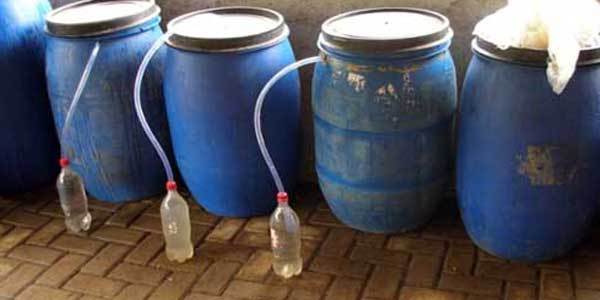
Actually there is no standard time how long the process of fermentation into organic fertilizer, but if more than a month the aroma of fertilizer has not resembled tape means the manufacture of liquid fertilizer has failed, although the possibility of failure is very rare. All depends on the composition of the material and the air temperature around the fermentation site.
Perform the filtering process.
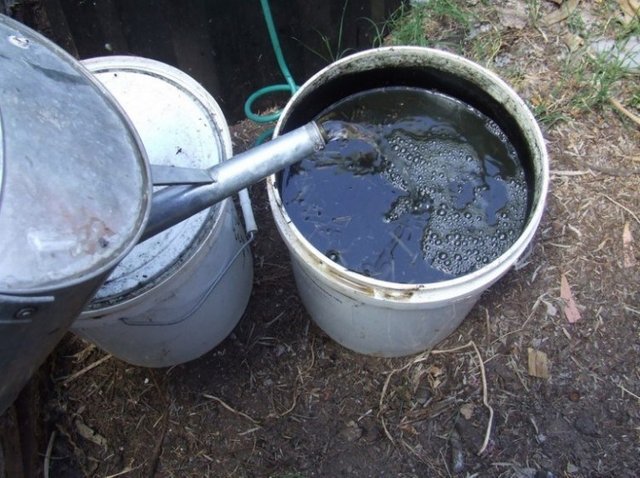
After the fermentation is complete all we have to do is separate the liquid and the dregs. We can filter it using a thin cloth that is important to dregs from the material separated with the liquid. Insert the liquid inside the jrigen and close the lid to avoid the fertilizer change. For dregs we can use as solid organic fertilizer.
Use of liquid organic fertilizer.

When using use a comparison of 20 ml of liquid organic fertilizer mixed with 5 liters of water. Or 1 liter of liquid organic fertilizer with 100 liters of water. All that can be adapted to the needs of plants, perhaps some plants mumbutuhkan dose larger. So please experiment yourself for different types of plants as well as altitude, temperature and other factors.
Avoid excessive use in plants because it can cause dead plants. But the use of liquid organic fertilizer is relatively safe. Liquid organic fertilizers are applied to leaves, flowers or stems at intervals of one week once, or three days during the wet season, this spray dose should be adjusted to the type of plant to be sprayed.
That's how to make liquid organic fertilizer with simple and maximum results. But it should be noted to make leaf stimulants use organic materials from the type of foliage. As for the fruits stimulants use organic materials from waste residues such as husk rice husk or fruit skin.
How? easy is not it? Good luck, congratulations to experiment. share in the comment, let's discuss healthy.